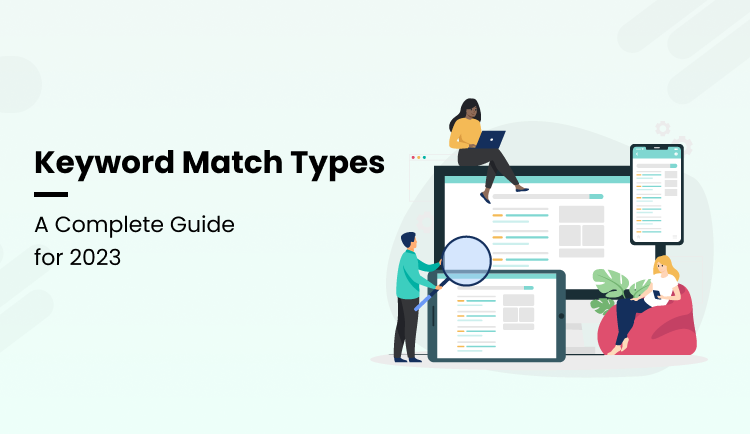
React Hooks: A Detailed Guide to Learn More
Introduction
Facebook created the React JavaScript library in 2013. It both speeds up and simplifies frontend development. It has numerous helpful features that aid in the design of user interfaces, including JSX, components, and virtual DOM hence being react hooks complete guide.
It’s virtually impossible to avoid in today’s front-end development landscape. We’ll go through React concepts, how to use Create React App to scaffold a project, how to build an app with React state and props, and how to deploy it to AWS Amplify in this session.
Components
You may have learned early in your programming career to “separate concerns,” or to keep your HTML, CSS, and JS in distinct files. This is turned on its head by React. Instead, we will divide our web pages into components and create all of their display and logic code in one goes.
This increases the modularity of our user interfaces, allowing us to build components in limitless permutations and reuse them repeatedly. Nit may be found in blogs, videos, and images.
We couldn’t utilize context in functional components before react hooks. That means because if you have a well-crafted and tested functional component that needs to hold state, you will be forced to convert your functional component into a class component.
If you were using normal HTML, you would have to write each of those buttons separately, assign them a class to add style, and then write JavaScript code to execute their behavior.
In Functional Components, Use React Hooks
With the introduction of React hooks v16.8, functional programming inside React development has become more robust. There is no need to utilize class components in this case; instead, try functional components.
The fundamental point of React hooks is that you can manage the complexity of your application by splitting it down into distinct components that you can then combine. React’s elegance stems from its component model.
You may now embrace functions with a single motion. It is capable of resolving the majority of the surface difficulties and offers the reusability of stateful logic.
Installation
First, download and install Node.js. If you’ve never heard of Node.js, it’s a runtime that allows you to write JavaScript outside of the browser. In this example, we’ll use react hooks to make application development as simple as feasible.
Open your command prompt after installing Node and type: npx create-react-app color-switcher. Please be aware that this command may take a few minutes to complete.
Some important setup steps
1. npx is a Node module that allows you to perform commands without previously installing them.
2. We’re using it to execute create-react-app, which does exactly what the name suggests! It creates a React application for us and installs Babel and Webpack, two critical technologies that we’ll return to later in the course.
3. Hence because the name of our app is color-switcher, you will need to re-run the npx create-react-app your-app-name command for each app you create.
Make use of error boundaries
As a developer, you may find yourself in a position where it is difficult to render a component. However, you cannot afford to skip it because it would result in an error in the program.
Typically, this mistake impacts the components and results in a blank HTML page. They will also perplex you with the particular path. As a result, Error Boundaries may work like magic to assist you get out of trouble.
Error Boundaries are React framework class components that specify lifecycle methods such as:
1. Static getDerivedStateFromError()
2. componentDidCatch()
Props for React
We’ve now utilized two of React’s most essential features: JSX and state. I’d want to show you two additional things: components and props.
Right now, we’re making use of a component called App. However, we want our components to be compact and reusable. Our buttons currently follow a pattern. Each has text, a className, and a onClick event.
We’ll create a second ColorChangeButton component to reuse as much code as feasible, and to make it easier to change the buttons in the future. The first step is to add a new file called ColorChangeButton.js to your src/ folder.
Make use of code splitting
Code splitting is a technique common among web developers that use React. It is a technique that assists them in optimizing the performance of their application. When you construct a React application, for example, it compiles all of your React code into a single JavaScript file called a JS bundle.
The size of the file, however, is determined by the number of third-party libraries installed. So you divide your bundle into bundle 1, bundle 2, and so on via code splitting. As a result, rather than loading everything at once, you load everything in chunks.
This aids developer in reducing an application’s initial load time.
What should I create with React JS?
React is well-known for allowing developers to create huge web apps with remarkable capabilities. It is simple to modify data without having to reload the page. It enables developers to create applications that are quick, simple, and scalable. You may use it to create an app such as:
• App for Social Media
• App for E-Commerce
• App for Entertainment
• App for Messaging
• App for Productivity
Make use of higher-order components
Higher-order components in React are influenced in some ways by the idea of higher-order functions in JavaScript. They are straightforward React components that are wrapped around other components. It may be used to decrease code complexity and redundancy.
1. It will assist you in reducing the complexity of your project’s structure.
2. Instead of creating a line of code manually, you may leverage reusable logic inside your applications.
Aside from that, you may utilize it to make the software development process faster and easier.
3. Hence because color-switcher is the name of our app, you will need to re-run the npx create-react-app your-app-name command for each app you create.
Make use of Error Boundaries:
As a developer, you may find yourself in a position where it is difficult to render a component. However, you cannot afford to skip it because it would result in an error in the program.
Typically, this mistake impacts the components and results in a blank HTML page. The very most they will perplex you with the precise path. As a result, Error Boundaries can act like magic to help you get out of such situations.
Error Boundaries are React framework class components that specify lifecycle methods such as:
1. Static getDerivedStateFromError()
2. componentDidCatch()
Props for React:
We’ve now utilized two of React’s most essential features: JSX and state. I’d want to show you two additional things: components and props.
Right now, we’re making use of a component called App. However, we want our components to be compact and reusable. Our buttons currently follow a pattern. Each has text, a className, and an onClick event.
We’ll develop a second ColorChangeButton component to reuse as much code as possible and to make future button changes easier. The first step is to add a new file called ColorChangeButton.js to your src/ folder.
React: How to write Hello World:
Now comes the exciting part: writing the code! Open the App.js file. This will be our application’s top-level, or root, component.
We already have some code written within that file. We’re importing React again (as we do in every file that uses React), the React logo, and the CSS file unique to this App component.
We also have a method called App that produces a lot of what appears to be HTML but is really JSX.
Finally, we export the component so that it can be imported into other files, in this example, the index.js that was produced for us. Let’s delete the logo import and modify the JSX code so that it just returns:-
Hello World
JSX is a JavaScript extension that allows you to create HTML-like code directly in your JavaScript code. Although JSX is not required in React, it is utilized in the great majority of instances being react hooks complete guide.
Now that you’ve created your first React code, how do you view the results? Return to your CLI and type npm running start. A website displaying one React app should appear. Because you can’t write extra queries in the session where the server is executing, it may be useful to have two terminal windows or tabs open while creating React apps.
In conclusion
It is becoming much easier to handle routing, manage application states, expedite the development process, and, most importantly, has a wider community to determine and solve mistakes with React JS development.
You’ve got it now. React hooks enable us to use plain ol’ JavaScript functions to construct simpler React components and save a lot of boilerplate code. However, here are the seven React Development recommendations that will help you become a better React developer. Hence we have addressed topics ranging from tools to coding styles that you can easily use on your project. If you follow these guidelines, you will see a significant improvement in code quality being react hooks complete guide.




